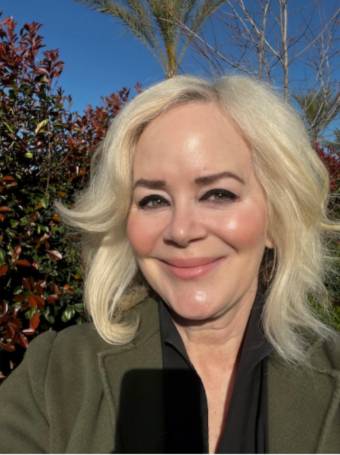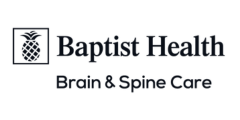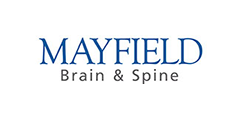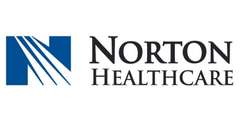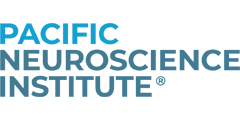- Details
Mission, Vision & Values
MISSION
The Acoustic Neuroma Association, the premier resource to the acoustic neuroma community, informs, educates, and supports those affected by acoustic neuroma brain tumors.
VISION
To continually improve the lives of Acoustic Neuroma patients and their families through communication, support, innovation, and partnerships with the medical community.
VALUES
-
Respect: to honor the needs and privacy of acoustic neuroma patients
-
Professionalism: to maintain high ethical standards at all times
-
Objectivity: to remain free of bias in everything we do
-
Patient Centricity: to place the patient and their community at the forefront of all ANA efforts
- Details
Board of Directors
Staff
Jim Shea
Chief Executive Officer
Matthew Balte
Manager, Development and Healthcare Partnerships
Suvarna Damodaran
Operations Coordinator
Melanie Hutchins
Manager, Volunteer Programs and Publications
Christina McCurdy
Accounting Coordinator
Stephanie Rommer
Manager, Communications and Engagement
Donna Sweigart
Outreach & Support Coordinator
- Details
Choosing a Healthcare Provider
It is the individual’s responsibility to verify the qualifications, education, and experience of any healthcare professional, hospital, or other providers of services and products, and to assess the suitability of any services or products. To begin your research, you will need to know the physician or healthcare professional’s full name and location. Beware of doctor review or rating websites. Information on these types of websites may or may not be accurate.
In the case of doctors, information is generally available from state medical boards concerning a doctor's number of years in practice, where the doctor went to medical school, whether there are any open complaints against the doctor, or whether the board took disciplinary action against the doctor's license. Similar information may be available from state licensing authorities concerning other healthcare providers.
A doctor is not allowed to practice medicine without a license. However, licensing requirements for physicians vary from state to state. To facilitate the verification of the license status of practitioners, most states provide Medical License Lookup web tools. You can look up licenses at your state's physician licensing board through the Federation of State Medical Boards.
Check to see if your doctor is board-certified and in what area(s) of medicine. A doctor might be board-certified in one area of medicine, but actually practices in a different area of medicine. The article What is ABMS Board Certification? explains what board certification is and why it is important.
Verywell is a helpful website that provides guides on how to research a healthcare provider.
Below are a series of questions to consider when choosing a healthcare provider:
- Does the medical team have substantial acoustic neuroma experience?
- Is the physician Board-eligible or Board-certified in the related specialty?
- Has the physician received specialized training or have significant ongoing practice experience related to acoustic neuroma treatment?
- Does the treating physician use a team approach for treatment where applicable, with access to a team or referrals, with the patient having access to all members of the team? In the case of surgery, a neurotologic and neurosurgical team should be used. In radiosurgery, a team would consist of the radiation oncologist, neurosurgeon or neurotologist, and radiation physicist.
- Are specialists skilled in a variety of rehabilitation issues (facial reanimation, cognitive, vestibular balance, hearing, tinnitus, headache and physical therapy) available before and after treatment as needed?
- Is the physician willing to share the number of cases and outcomes with the patient?
- Is the physician willing to discuss all treatment modalities with the patient, where applicable, and willing to explain why the physician is making the specific treatment recommendation?
- Does the physician allow sufficient time during the initial consultation and subsequently if need be, so that the patient feels all of the patient’s questions have been answered satisfactorily prior to making a decision about treatment?
- Does the patient feel comfortable with the physician’s experience, demeanor, and responsiveness to questions?
- Details
About the ANA
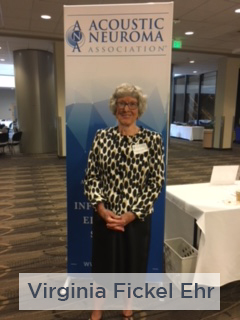 The Acoustic Neuroma Association (ANA) was founded in Carlisle, PA in 1981 by Virginia Fickel Ehr. After having surgery for the removal of an acoustic neuroma in 1977, she resolved that future acoustic neuroma patients should have easy-to-read medical materials about their condition, as well as support and comfort from other patients. With the help of her physician, she contacted eight other patients and formed the Acoustic Neuroma Association. During her decade and a half leading the ANA, Virginia contacted thousands of acoustic neuroma patients and grew the association's services and numbers. She also wrote patient-perspective articles for medical journals and spoke to patient and medical groups throughout the United States and Europe. She retired as President of the Board of Directors in 1992 and now serves as President Emeritus.
The Acoustic Neuroma Association (ANA) was founded in Carlisle, PA in 1981 by Virginia Fickel Ehr. After having surgery for the removal of an acoustic neuroma in 1977, she resolved that future acoustic neuroma patients should have easy-to-read medical materials about their condition, as well as support and comfort from other patients. With the help of her physician, she contacted eight other patients and formed the Acoustic Neuroma Association. During her decade and a half leading the ANA, Virginia contacted thousands of acoustic neuroma patients and grew the association's services and numbers. She also wrote patient-perspective articles for medical journals and spoke to patient and medical groups throughout the United States and Europe. She retired as President of the Board of Directors in 1992 and now serves as President Emeritus.
The ANA is a 501(c)(3) nonprofit organization (Tax ID 23-2170836) that serves over 3,000 members including acoustic neuroma patients, family members, friends, and healthcare professionals. It is governed by a Board of Directors comprised of patients and family members of patients.
The ANA's Medical Advisory Board is comprised of physicians and other healthcare professionals with substantial acoustic neuroma experience. They are a key group who review our patient education materials, contribute medical articles and educational presentations, and provide input and guidance on many acoustic neuroma topics of interest. They are also strong advocates for the ANA as well as the AN community and are involved in research and advancing knowledge in their respective fields.
Since its founding, thousands of individuals impacted by acoustic neuroma have received comprehensive and non-technical information about AN through the ANA. Information for all stages of a patient's journey is provided in our quarterly newsletters, information booklets, website, webinars, support groups, and patient education events.
The ANA is patient-founded and patient-focused.
ANA FAQs
- Details
Each heading slides to reveal information.
Questions to Ask Yourself
*The ANA recommends that patients research physicians and specialists, looking for multidisciplinary teams and providers with substantial experience treating acoustic neuroma. A multidisciplinary team may consist of neurosurgeons, neuro-otologists (i.e. ENT surgeons), therapeutic radiologist or other specialists. Some centers may have a care coordinator/patient navigator representative as part of the care team who acts as a point of contact to help patients navigate and coordinate their care.






























